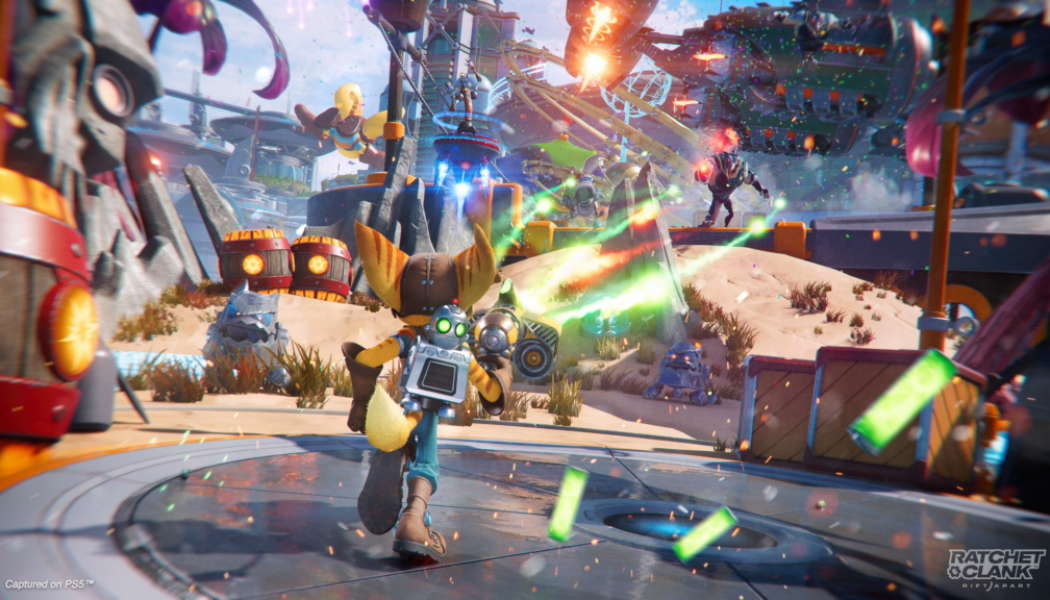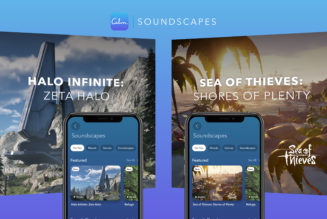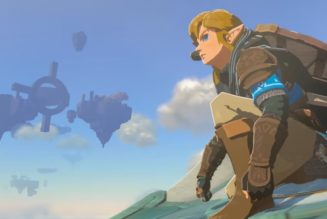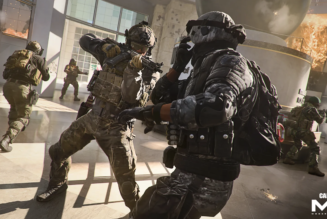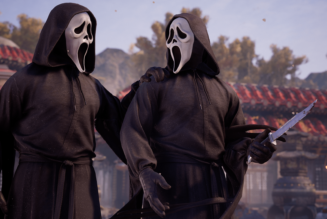
With the PlayStation 5 still only slightly easier to obtain than invitations to the Roc Nation Brunch, it’s not a huge surprise that most games releasing on the console these days are also coming to the PS4 as well. But Ratchet & Clank: Rift Apart, isn’t one of those titles — nor could it ever be.
Not unlike April’s Returnal, the latest title published by Sony takes full advantage of the new hardware’s exclusive features, like the lightning-fast SSD and ridiculous haptic feedback on the DualSense controllers. But while Housemarque was venturing into some completely uncharted territory with their new IP, this week’s major release sees Insomniac Games (Spyro, Spider-Man, Resistance) return to the series that put them on the map.
As the 16th Ratchet & Clank title, Rift Apart builds upon the franchise’s 20 years of history by doing what it does best: going in a new direction without dropping the signature humor, charm, and polished gameplay that’s kept gamers coming back time after time.
Ahead of the game’s release, SPIN caught up with Creative Director Marcus Smith to chat about the dimension-hopping title, the history of the series, and the huge name they landed for the soundtrack.
SPIN: With Rift Apart coming out this week, what should people expect from it?
Marcus Smith: Well, I feel like every time we promote a game, we end up having to say way too much about it, so I’ll just say that this is a full-length Ratchet & Clank entry built from the ground up for PlayStation 5, and it’s the first that we’ve done like this since 2009 with A Crack in Time. It’s been a real labor of love for the team, because we’ve been able to focus on creating this compelling game while lots of crazy stuff has been happening in the real world. It’s been a real benefit to us to be able to stay sane by focusing on something like this. It’s been a really difficult few years for everybody, and this is the perfect tone for some entertainment coming out of this. It doesn’t take itself too seriously, but it does have depth. It’s a lot of fun, and we really just want everybody to experience this labor of love that the team has dedicated a lot of blood, sweat and tears into.
It seems like with every Ratchet & Clank game, there’s something very different, whether it’s a shift in genre or gameplay style or just overall tone. How does it feel to be able to explore all of these different things while still keeping each title distinctly Ratchet & Clank?
That’s the exciting thing, and I think it’s also how Ratchet & Clank has sustained interest for all these years. The first one came out in 2002, and when you think about the games that were around at that time, not very many have stuck around this long and been such a fan favorite. But because we’re able to do whatever we want, we’re able to be inventive in ways where players are excited to escape to these worlds that we’re presenting. When it came time to make a new game, having a new hardware cycle is a perfect opportunity for us to kind of flex our muscles in that regard because we can do things that most video games can’t in terms of tone and themes. We’ve done time-traveling. We’ve done weapons that turn enemies into sheep. We’ve done all kinds of things in the past. So introducing the idea of dimensionality and swinging players from world to world to world to world while maintaining gameplay during all of that was unheard of and something we never could have done in the past. It’s exciting to add something new to the franchise.
Considering that Rift Apart is one of the first PS5 exclusives that’s really able to capitalize on some of the power and features of the console, what’s it like to design a game that may really introduce a lot of gamers to some aspects of it they’d never noticed before?
Well, the SSD allows us to do gameplay that we’ve never done before, and because of the themes of Ratchet & Clank as a franchise, we’re able to exploit that. Likewise, the DualSense controller with its haptic feedback and adaptive triggers give the player a much more immersive experience, and I joked all along during the development that the DualSense feels like it was created for Ratchet & Clank weaponry. We’ve got all these crazy explosions and nutty, inventive weaponry, so being able to feel it adds this whole new dimensionality to it. On top of that, the addition of the 3D spatial audio increases that immersion even more, so now the player is feeling what they’re seeing and hearing, and we’re able to change the way that we’ve designed the game because we can introduce enemies off-screen and you hear them coming. All of those things coming together created a much more immersive experience and allowed our worlds to really shine because they feel like real, populated places.
With a series like Ratchet & Clank how do you balance maintaining that fairly family-friendly vibe while also still appealing to more “hardcore” gamers by not sacrificing gameplay to do so?
It’s one of those needles that we have to thread, because we appeal to such a broad audience from very young kids — who might not even have the dexterity to hold the controller properly — all the way up to long-term players who have been with the series forever, are very good and looking for more challenge. It’s really been making sure that we have coverage in terms of difficulty settings, so that somebody who just wants to come in and experience the story can go with the lighter difficulty settings, while more experienced gamers get into the hardcore version. We’ve also been adding a lot of accessibility options that allow people of all different abilities to toggle options on or off that will help them play in the experience.
In terms of the story, we have the same sort of philosophy as a Pixar movie or something, which is that it needs to make us laugh and it needs to make sense to us. We’re our own worst critics, but I always feel like when I’m seeing my coworkers play the game and they’re laughing at the same place that my 11-year-old daughter is playing. That’s when I know we’ve hit upon something that’s universal. We’re making sure that the story we’re telling is clear and concise, but relatable to pretty much everybody across the board.
You managed to land Mark Mothersbaugh for the score for Rift Apart, so what was it like having him involved?
First of all, it was very difficult to maintain my composure in the initial pitch, because I am such a Devo fan. I did eventually break down and ask him for an autograph, but that was when we were well on the way. But when we were first looking for a perfect solution for a composer, we were looking for somebody who can do a really epic orchestral score, but also do the unexpected with different instrumentation or time changes. We wanted somebody who has levity in what they do, and that’s Mark Mothersbaugh. When I think of those things and I look at the movies and TV shows he’s done, he hits all of that. For a little while, we were looking for somebody like Mark Mothersbaugh, and then finally somebody at Sony Music was just like “Why are you trying to go after an impersonator? Just go for the main guy.” So it was really thrilling to not only just meet him, but then have him as such an involved collaborative creator. He and the team were generating so many ideas that they actually got ahead of us at some point, and we had to tell them to slow down a little bit. Never in my history of making video games have I ever had to do that before.
